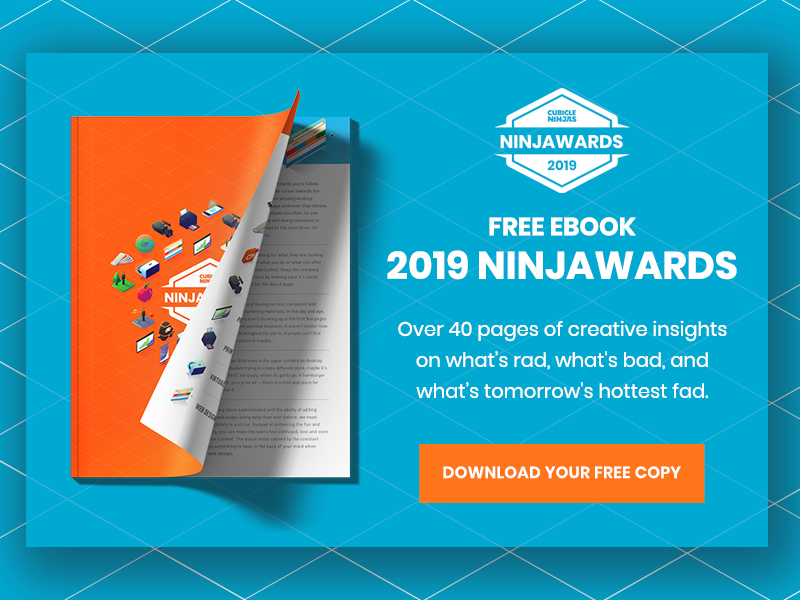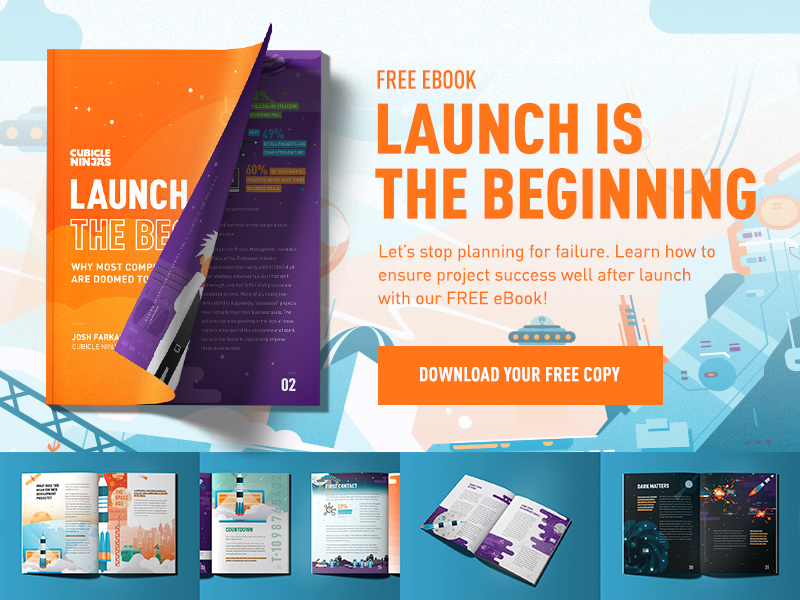
Amanda Glandon is the marketing and social media manager for Load Delivered Logistics in Chicago. She has spent over 5 years challenging her social media and blogging skills. Amanda has also helped several small to medium sized companies launch and grow a better online presence. Amanda’s work reflects upon her motto, “there’s always a good reason for every company to start blogging.” From doctors to financial planners to even larger B2B service companies, she knows how to plan the perfect marketing strategy.
7 B2B Blogging Tips
1. Determine Your Goals
Everyone has a reason to blog, but the reasons can vary depending on your goals. Determine your goals first, and then start to create a plan. Think about the following reasons and try to connect them to your company’s personal goals:
• Lead Capture
• Reach New Audiences
• Be Seen as an Expert
• Drive Traffic to Site
• Investing in Content for Sales
2. Know Your Target Market
Take time to do research on your target market; how much time do they spend reading company blogs, what information are they looking for, and most importantly who are they. Amanda advises that it may not just be your customers, but even industry experts and publications.
3. Make a Posting Schedule
Start small, and then slowly work your way up. As Amanda would say, “Don’t scale back!” Consistency is key and it’s better on your reputation to blog a little and slowly work your way up. Once you get into the flow of things, you’ll be able to blog more without feeling overwhelmed.
4. Find Your Tone
When writing a blog post, try to keep your blog posts between 400-600 words in length. Also, make sure that your tone of voice is consistent. Especially once you start attracting subscribers who are counting on a certain tone of voice. And always remember the biggest “no no” when it comes to writing blog posts: avoid jargon at all cost!
5. Understand Basic SEO
Use Google AdWords to research popular keywords and use Google Trends to double check if certain topics are becoming more popular or starting to dwindle. Google Analytics can help you track what’s working. When looking at Google Analytics, focus on the average time on page and bounce rate to understand what blog posts have been the most effective. Use your keywords a few times throughout your body of work.
6. Put Thought into Titles
Amanda’s biggest piece of advice for coming up with a good title is try to be mysterious. A title can either make or break your blog post. A few examples:
• “What you may not know…”
• “The truth behind…”
• “Top myths…”
Other good title options include using numbers (7 best…) or help others make something easy (advice, tips, options). Bottom line, just have fun with it! Copyblogger is another great resource that can help boost content writing skills.
7. Promote, Promote, Promote
•Use Twitter to share your posts with experts and don’t be afraid to ask for an opinion.
•Use hashtags (but don’t over do it!).
•Share your blog posts on LinkedIn groups and Google+ communities.
•Create an email campaign.
•Encourage your sales people to use your blogs as a conversation piece.
For more of Amanda’s B2B Blogging wisdom, be sure to sign up for her course on Dabble!
About the Author: Shannon Callarman is the Inbound Marketing Manager at Cubicle Ninjas. She’s the tiny ninja behind the CN Twitter. You can also follow her on Google+.














